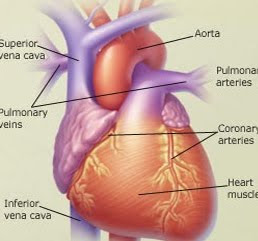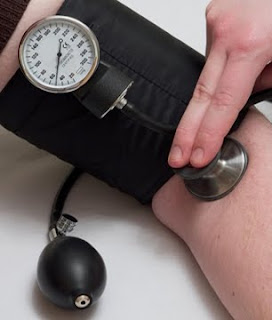Harris Interactive/HealthDay poll finds 30 % of those
overweight think they're normal size. Many
Americans have distorted perceptions when it comes to their
weight, often believing they are thinner than they really are, even when the scales are shouting otherwise, a
new poll finds.As part of the Harris Interactive/Health Day survey, respondents were asked to offer their
height and
weight, from which pollsters calculated their
body-mass index (BMI), a ratio of mass to height. Respondents were then asked which category of weight they thinking they fell into.
Thirty percent of those in the "
overweight" class supposed they were actually normal size, while 70 percent of those classified as obese felt they were simply overweight. Among the heaviest group, the
morbidly obese, almost 60 percent pegged themselves as fat, while another 39 percent considered themselves just overweight.
These results may help to explain why overweight and obesity rates in the
United States persist to go up, experts say."Whereas there are some people who have body images in line with their real BMI, for many people they are not, and this may be where part of the problem lies," said
Regina Corso, vice president of Harris Poll Solutions. "If they do not differentiate the problem or don't recognize the severity of the problem, they are less likely to do something about it."
According to the
U.S. Centers for Disease Control and Prevention, 34 percent of
adults aged 20 and older are obese, and 34 percent are overweight. Among children, 18 percent of
teens aged 12 to 19 are obese, 20 percent of
children aged 6 to 11 are obese, as are 10 percent of
kids aged 2 to 5.
"We're seeing the
couch potato stigma [syndrome],"
Corso said. "Three out of five Americans overall are saying they don't exercise as much as they should." As for
weight-loss interventions, the respondents deemed
surgery the most effective method, followed by prescription
drugs, then drugs and
diet-food supplements obtained over-the-counter.
"The American public knows this but it's hard and it's something that they're not quite ready to do," Corso added. "This wake-up call still isn't ringing as loudly as it could." The poll included 2,418 adults (aged 18 and over) who were surveyed online between Aug. 17 and 19.
























